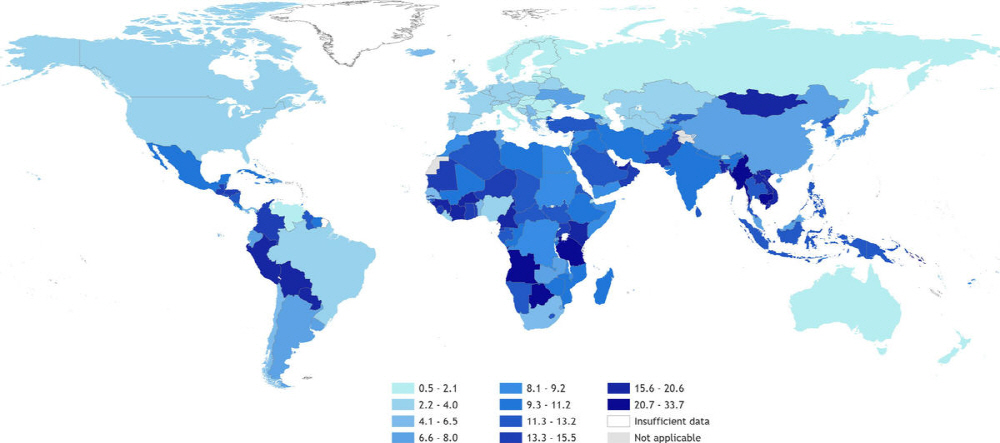
The World Health Organization (WHO) announced in May that long working hours kill 745,000 people annually.
According to the WHO joint announcement with the International Labor Organization (ILO), it is a study on stroke and heart disease caused by long working hours of more than 55 hours per week.
WHO and ILO analyzed 37 studies of ischemic heart disease involving more than 768,000 subjects and 22 studies of stroke involving more than 839,000 subjects, with people thought to be exposed to long hours and working long hours. The risk of developing this stroke or heart disease was estimated.
As a result, from 2000 to 2016, deaths from heart disease due to long working hours increased by 42% and deaths from stroke by 19%. In 2016, 488 million people continued to work long hours, and it was estimated that 705,786 to 784,000 people died from stroke or heart disease as a result of such long hours.

According to the results of the survey, males tend to work long hours, and the peak age is around 30-34 years old. By country, there are many long-time workers across Africa and Asia. On the other hand, long hours are not common in Europe, northern America, and Australia. In the case of people who lost their breath due to long hours of work, the peak is between the ages of 60 and 64. This suggests that the period around retirement age is a time when people are more likely to die from long working hours.

According to the World Health Organization (WHO), long working hours are on the rise, accounting for 9% of the world’s population as of 2021. The World Health Organization (WHO) says working more than 55 hours a week can cause serious health damage, and it is time for governments, employers and workers to turn their attention to the fact that long working hours lead to premature death.
As a recommendation to the government, employers and workers, the government can prohibit forced work, secure an upper limit on working hours, introduce laws and policies, and set working hours according to bilateral agreements between employers and workers or collective bargaining agreements between employers and trade unions. It is said that the upper limit has been set and flexible working hours are being introduced. Related information can be found here.

